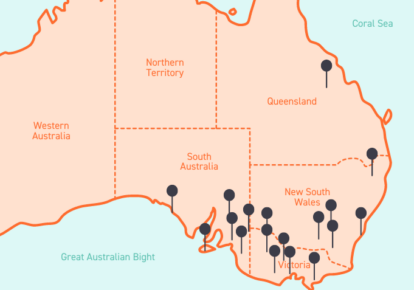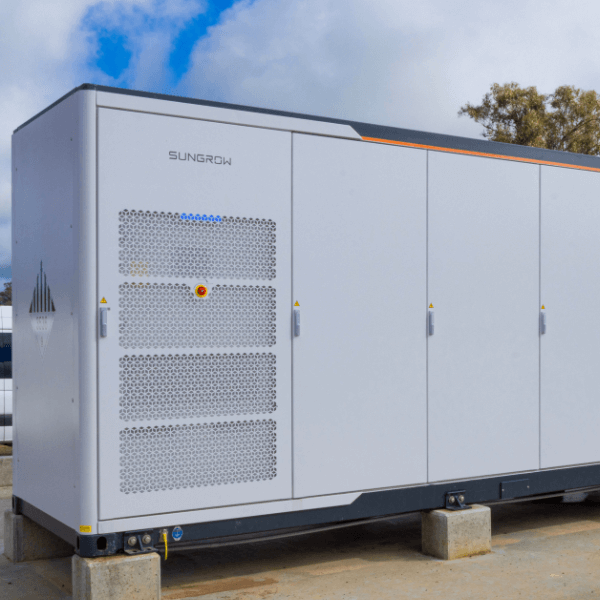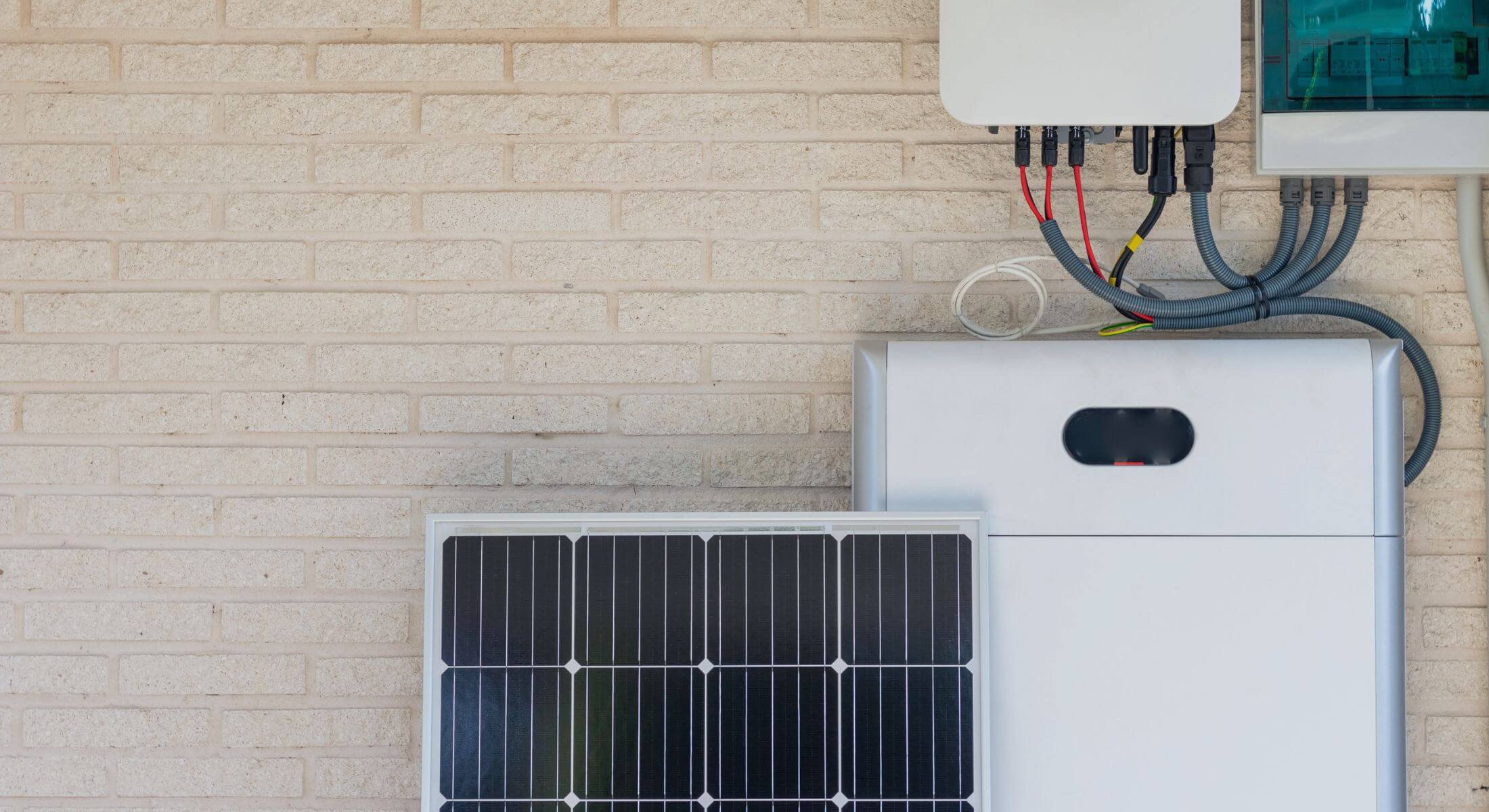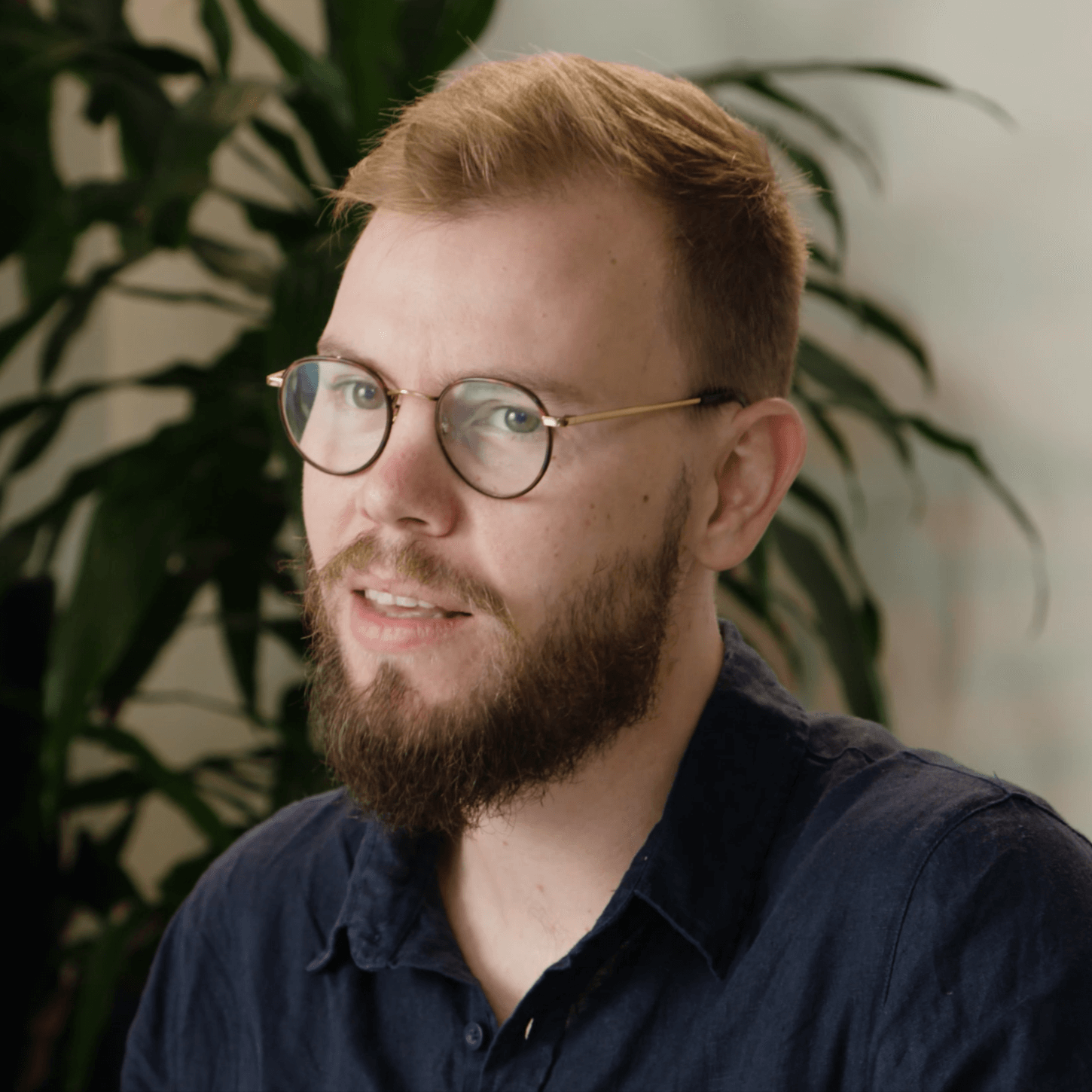We compare demand response with energy efficiency and look at how your business can implement both of these demand management strategies.
In every business’ energy strategy, there are opportunities to reshape how and when you use power. By taking greater control of your usage, you can reduce your energy costs and create new avenues for revenue.
There are a few ways to go about this, such as participating in demand response or by becoming more energy efficient but before you go ahead, it’s crucial to know the difference between the two.
Both strategies fall under the umbrella of demand management and can make a key difference where it matters most – your costs.
While demand response and energy efficiency take different approaches to how your business uses power, this doesn’t mean that you need to choose one over the other. You just need to know how to layer them for the best outcome.
Let’s take a closer look.
Responding means rewards
The key to demand response is in its name. Put simply, it means responding to demand in the market, to balance the supply and demand equation.
It can be as straightforward as temporarily reducing your power during periods of high pricing, either partially or fully. This could mean switching over to a backup generator or turning off non-essential operations.
With Flow Power you can make the most of demand response. And with technology like our kWatch Intelligent Controller to automate your processes, it’s easier than ever to respond.
Energy Efficiency
Unlike demand response, the goal of energy efficiency is to reduce how much energy your business uses. It’s an ongoing approach that requires more efficient use of power.
While demand response generally does not require investment, energy efficient processes may have an upfront cost. This expense could come in the form of paying to better insulate your premises or upgrading to more energy efficient machinery.
Despite the cost, energy efficiency is a strategy that can positively impact your prices for the long-term.
Bring it all together with Price Efficiency
When we say price efficiency, we mean making the most of low prices in the market. By reducing demand during periods of high prices in the market or by shifting energy-intensive operations to a time when prices are lower you’re being price efficient.
Not sure how price efficient you are? Flow Power measures your Price Efficiency Adjustment (PEA) by looking at how and when your business uses power relative to the market price.
Integrating demand response and improving your business’ overall energy efficiency under a demand management strategy can improve your PEF and significantly lower electricity costs.
Any questions? We’re here to help.
If you’re interested in learning more about a demand management strategy, our friendly team are always available for a chat.
If you’re an existing Flow Power customer, please do not hesitate to reach out to your account manager.
If you’re not a Flow Power customer contact our friendly team today:
? 1300 08 06 08 (within business hours)
?️ Live chat message (within business hours via the chat button at the bottom of your screen)
Alternatively, you can submit your questions through our website contact form here.














